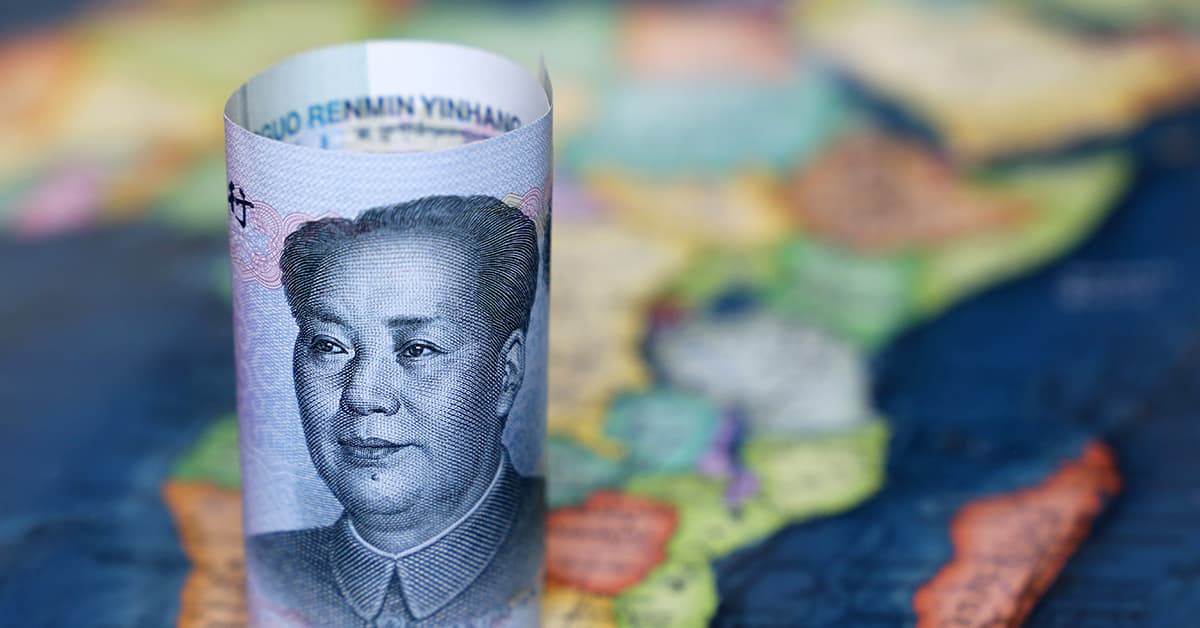For Africa, cuts in Chinese investment will have a devastating impact.

After many years of hot and heavy involvement, China and Africa seem to be cooling off. The most obvious indication is China’s recent decision to cut financial commitments to the continent by 33%, from $60 billion to $40 billion, over three years, announced at a China Africa forum in late November. Notably, it is the first slash since 2006.
Battered by Covid-19, Africa is also experiencing severe and growing political instability, including coups. Those problems, combined with onerous debt commitments to China as well as Western nations, have raised Africa’s risk profile.
“The situation in Africa has put China in a position where it has to be prudent and pragmatic,” says Philip Muema, a partner at advisory firm Andersen Global. Going forward, the Chinese government is determined to minimize its risks on the continent, he adds. This is particularly important owing to the rising chorus pushing for debt relief, forgiveness, suspension and restructuring.
The reasons behind Beijing’s new thinking are evident. Some of its former darlings for financial support, like Ethiopia and Zambia, reflect the new reality on the continent. Ethiopia, which borrowed $13.7 billion from China from 2000-2019, is crumbling because of conflict. Zambia, which owes China $6.6 billion, defaulted on its sovereign debts.
Beijing plans to avoid government-to-government lending by cutting financial commitments. Providing loans directly to government officials has exacerbated Africa’s debt problem and fueled corruption. In addition, China has faced a backlash of criticism for enslaving the continent through its resource-backed lending model.
Instead, $40 billion of investments from Chinese firms will mainly fund credit lines to African financial institutions and support trade finance. Government loans will be funded via the International Monetary Fund through special drawing rights.
For Africa, cuts in Chinese investment will have a devastating impact. Funding for the estimated $100 billion finance gap in infrastructure needs could be hit especially hard; about 65% of China’s lending was going to infrastructure. Other vital areas that will feel the pinch include agricultural assistance, climate and environment initiatives, health care, peacekeeping and security.



